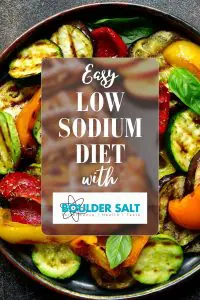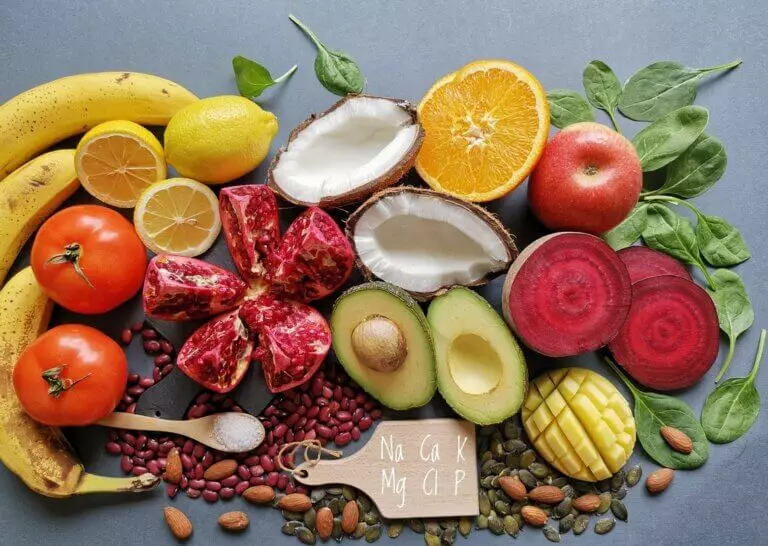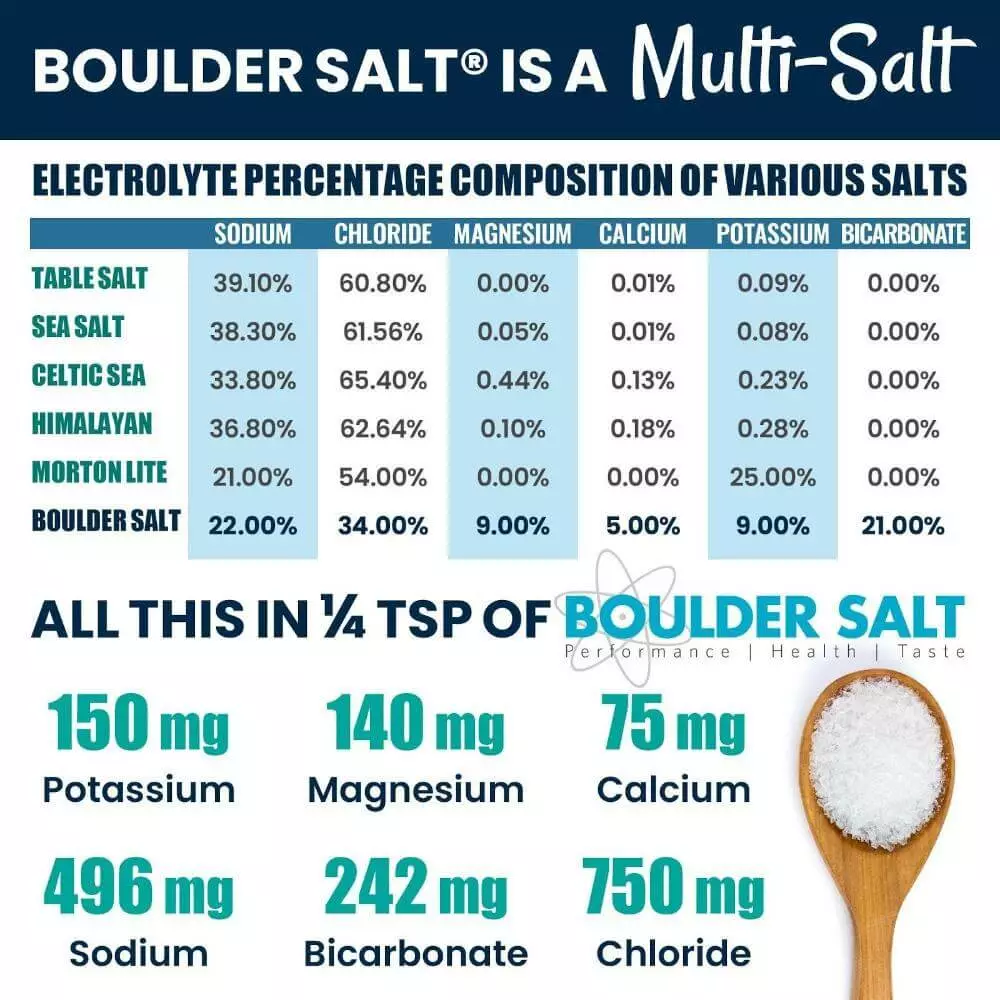
Low Sodium Diet Ideas Any Diet is Low Sodium with Boulder Salt! Are you looking for low sodium diet ideas and recipes

If you’ve ever exercised intensely and experienced cramps or dizziness afterward, you may have been told to drink Gatorade or some other “electrolyte drink” to replenish your electrolytes. You might not have questioned it and perhaps you aren’t exactly sure what electrolytes do. What are electrolytes anyway? In this blog post, we’ll discuss what they are, what they do, and what can happen if you let them get out of balance. We’ll also find out what foods and drinks have the right electrolyte balance.
An electrolyte is a mineral inside your body that has an electric charge. You can find them in your tissues and bodily fluids such as urine and blood. You can lose electrolytes in your body due to liver and kidney problems, sweating, diarrhea and vomiting, as well as taking certain some medications.
An electrolyte sparks cell function in the body, balances your water and PH levels, moves nutrients into cells, and wastes out of cells. They also make sure that your brain, heart, and muscles work properly. Electrolytes also help your body build new tissue and help your blood to clot. If you didn’t have any electrolytes in your body, your muscles including your heart wouldn’t contract.
You can get the electrolytes you need from the foods you eat and what you drink.
Here are different types of electrolytes :
Calcium controls blood clotting, hormone secretion, and nerve impulse transmission in the body. It also helps keep your bones healthy as your body will take calcium from your bones if you aren’t getting enough calcium in your diet.
This electrolyte is found in extracellular fluid and is regulated by the kidneys. Too much chloride in the body causes excess water gain, such as that found in congestive heart failure or vomiting. It also maintains proper blood volume, blood pressure and pH balance of our fluids. You can find chloride in olives, celery and tomatoes.
What happens to your body when you have an electrolyte imbalance depends entirely on the element causing the imbalance. It’s essential to learn the signs and symptoms of deficiency and surplus of these electrolytes to ensure you have proper electrolyte levels. Tracking your food and drink intake can help you in this goal.
There are a wide variety of foods and drinks that contain the electrolytes your body needs. Some examples are milk, coconut water, watermelon juice, potatoes, celery, bananas, whole-grain foods, oat bran, nuts and beans.
In general, potassium is found in fruits and veggies, and sodium in animal products and packaged foods. Some of the best sources of calcium and magnesium are nuts and seeds.
While sodium is a major electrolyte, it’ is important to make sure it is consumed it in balance with calcium, magnesium, chloride, and potassium. Boulder Salt is a very healthy source of sodium because it is optimally balanced with five other electrolytes: calcium, magnesium, chloride, bicarbonate and potassium. This optimal ratio of 5 essential electrolytes along with alkaline bicarbonates makes Boulder Salt a far superior source of sodium than traditional table salt, sea salt, or Himalayan salt. Improve the taste of your food while receiving more electrolytes and optimizing your sodium intake (40% less sodium) when you shop with Boulder Salt.

More to explore

Low Sodium Diet Ideas Any Diet is Low Sodium with Boulder Salt! Are you looking for low sodium diet ideas and recipes

Mountain View Welding does excellent work!
We make the highest recommendation for Loren Tonsing and the staff at https://mountainviewwelding.com Mountain View Welding does excellent work! Excellent communication to

Boulder Salt is in stock at The Raw Store!
Where in the world is Boulder Salt? This time the news is that Boulder Salt is stocked at The Raw Store in